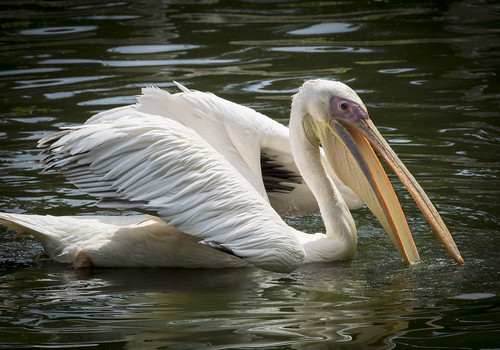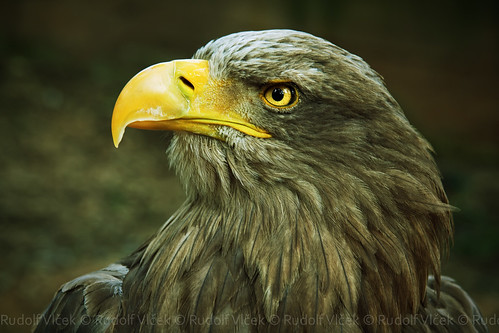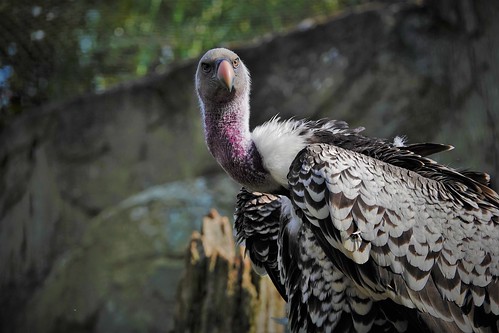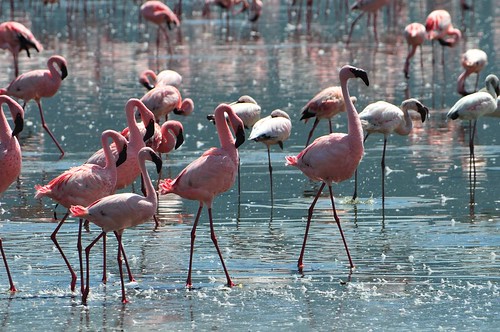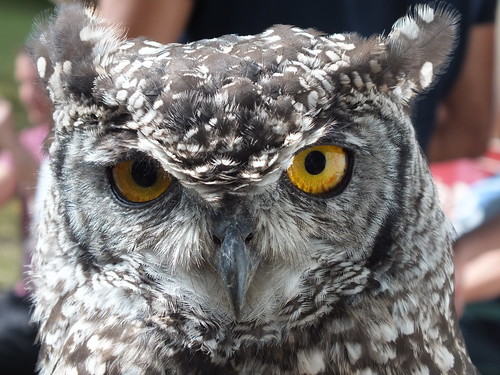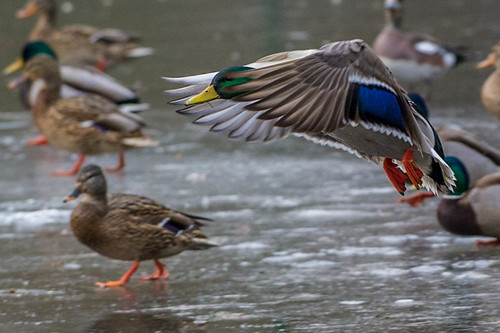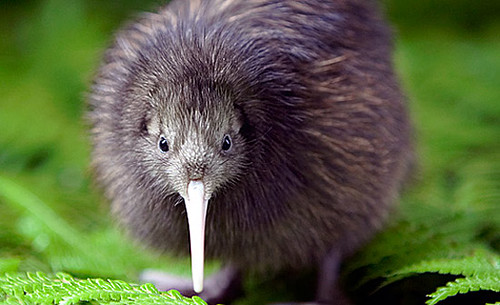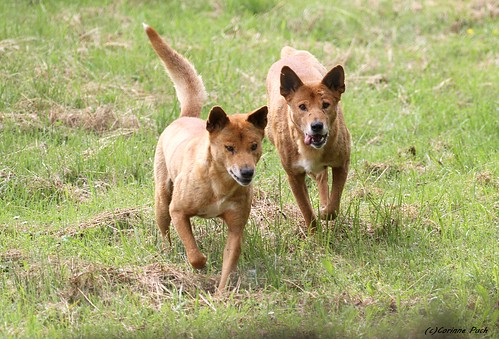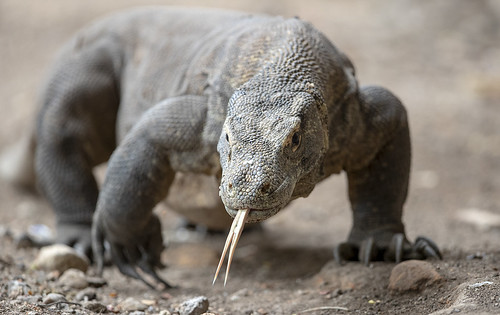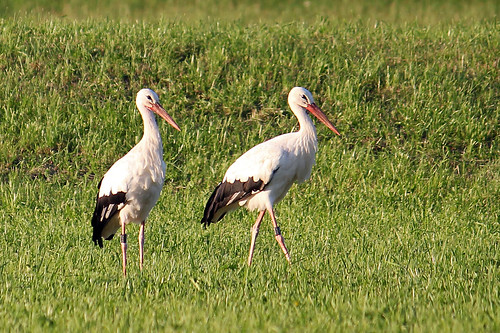
1. Global Storks Found on Every Continent
Storks are a truly global species, found on every continent except Antarctica. They are particularly common in tropical regions, where they inhabit a variety of habitats, including grasslands, wetlands, savannas and tropical forests. These birds are highly adaptable and can be found in a wide range of climates, from the hot and humid tropics to the cold and dry tundra.
Also → Pelicans are Highly Social Birds
Advertisement2. Bare Necks & Heads!
Storks have an interesting physical feature - their upper neck and part or all of the head may be completely bare of feathers. This is an adaptation that helps them to feed on snails and mussels, as their bills are typically straight and have a curved opening that allows them to prize the flesh from these creatures. This adaptation is essential for their survival, as it allows them to access a food source that would otherwise be inaccessible.
Also → Vultures are social birds that help keep the ecosystem clean
3. Storks are symbols of good luck and prosperity
Storks are majestic birds that are known for their long legs and wingspan. They are also known for their unique parenting style, as the young ones are called goslings. The goslings are born with a light grey downy coat, which they shed after a few weeks. They are then able to fly and join their parents in the sky. Storks are a symbol of good luck and prosperity in many cultures, and their goslings are a reminder of the beauty of nature.
Also → "Water Rats: Carnivorous Hunters!"
4. The Mature Birds of the Sky
Standing tall and proud, adult storks can range from a petite 2 feet to a majestic 5 feet in height. With a lifespan of up to 30 years, these majestic birds can be seen soaring through the sky for many years to come.
Also → Vicious Predators: Frogs Eat Anything
Advertisement5. Storks are the ultimate predators
. Storks are voracious predators, with a diet consisting mainly of fish, frogs, birds, shellfish, small reptiles, and insects. They are highly adept hunters, capable of snatching their prey from the water or air with their long, sharp beaks. Storks have even been known to hunt in groups, working together to corner and capture their prey.
Also → Caimans: Powerful Predators that Feed on a Variety of Prey
6. Storks are Highly Adaptive Foragers
Storks are highly adaptive foragers, employing a variety of strategies to find food. They may sit and wait for prey to come to them, or actively probe water or soil with their beaks to feel for prey. This allows them to take advantage of a wide range of food sources, from small insects to larger fish and amphibians.
Also → Young Dingoes Are Adept Foragers
7. Storks Make Loud Noises When Excited
When excited, storks make a variety of loud noises, such as hissing, croaking, squealing, whistling, and clattering their bills. They have an impressive flying style, with their necks outstretched and legs trailing behind them as they alternate between flapping and soaring. This gives them a graceful and majestic look as they soar through the sky.
Also → The Importance of the Chesapeake Bay to Migratory Birds
Advertisement8. Social Birds Flocking Together
Storks are social birds, often found in large flocks, except during the breeding season when they form smaller groups or pairs. During this time, they are more territorial and will defend their nesting area from other storks. Storks are migratory birds, and their flocks can be seen in many parts of the world during the winter months.
Also → Flamingos are Highly Social Birds That Thrive in Large Flocks
9. Amazing Storks' Nests
. Storks are known for their impressive nests, which are built on trees, cliff-ledges, rooftops, and even chimneys. These nests are large twig platforms, and they are often found in colonies, with multiple pairs nesting in close proximity to one another. Storks are highly social birds, and they often choose to nest in colonies to take advantage of the safety and security that comes with living in a group.
Also → Komodo dragons are ferocious predators
10. Unique Storks Share Parenting Responsibilities
Storks are unique in that both male and female parents share in the responsibility of incubating their eggs. On average, a stork couple will lay 3-6 chalky-white eggs, which will hatch after around five weeks. Once the chicks have hatched, both parents will take turns feeding, cleaning and training the young birds, ensuring they are well-prepared for life in the wild.
